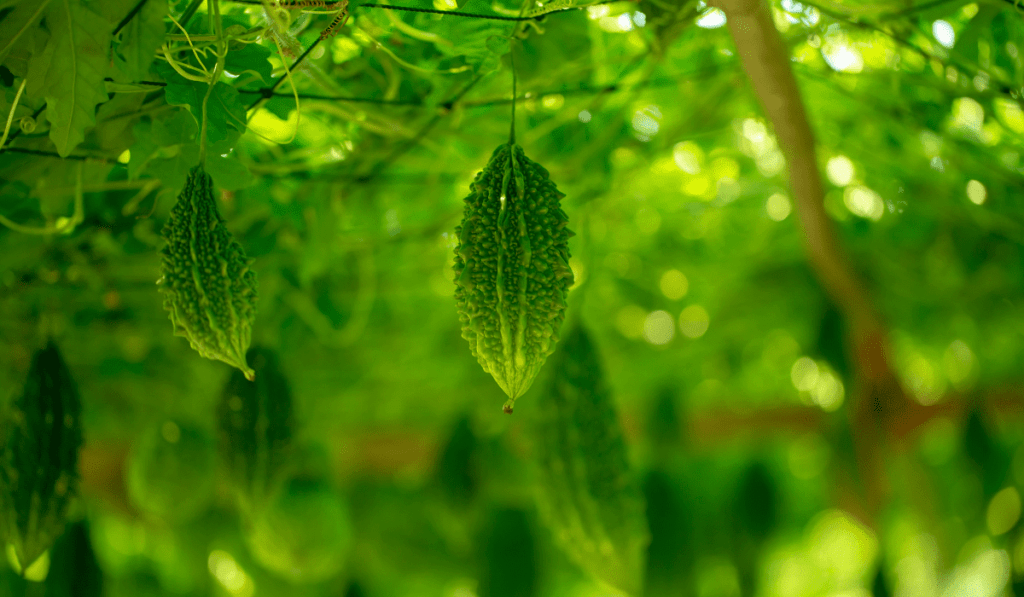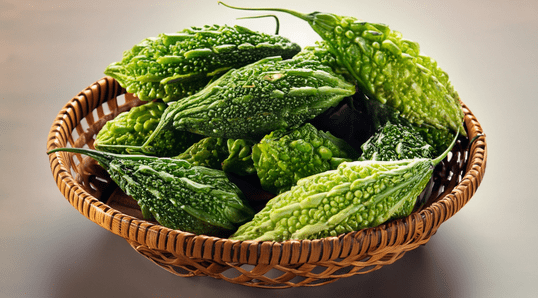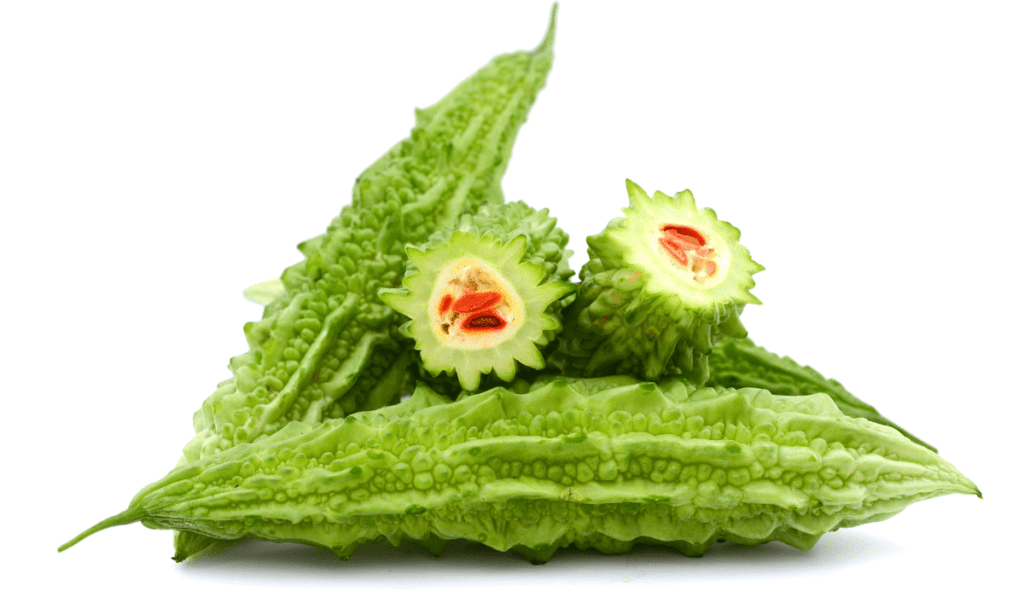Get ready for a thriving bitter gourd harvest! Discover the best times to plant this unique vegetable with our comprehensive guide. Whether you’re a seasoned gardener or a beginner, we’ll equip you with the knowledge to optimize your bitter gourd planting. Let’s dive in and explore the seasons for a successful bitter gourd cultivation.
Understanding Bitter Gourd Growth Cycles
Before we delve into specific seasons, let’s grasp the basic growth cycles of bitter gourd. This foundational knowledge will set the stage for selecting the most conducive season for planting.
Bitter Gourd Life Stages
- Germination: The First Sprout of Life
- Bitter gourd seeds require warmth and moisture for successful germination.
- The ideal temperature range for germination is between 70°F to 95°F.
- Adequate sunlight is crucial for healthy seedling development.
- Seedling Stage: Nurturing Young Shoots
- Once germinated, seedlings emerge, requiring a nurturing environment with adequate sunlight.
- Well-draining soil enriched with organic matter supports robust growth.
- Vine Growth: Unleashing Sprawling Vines
- Bitter gourd plants develop sprawling vines during the growth phase.
- Optimal growth conditions, especially in full sunlight, are crucial for a bountiful harvest.
- Flowering: The Sign of Future Bounty
- The appearance of flowers signifies readiness for pollination, a key phase in bitter gourd cultivation.
- Adequate sunlight and pollinator attraction are essential during this stage.
- Fruit Formation: The Journey to Harvest
- Post-pollination, the development of bitter gourd fruits begins.
- Factors such as temperature and sunlight significantly impact fruit maturation.
Seasons for Planting Bitter Gourd
Now, let’s explore the best seasons for planting bitter gourd, considering regional variations and climate factors.
1. Spring Planting: Welcoming Growth and Warmth
Unlocking the Potential of Spring Planting (Subheading)
- Spring, with its mild temperatures and increasing daylight hours, marks an ideal season for planting bitter gourd.
- The warmth encourages robust seed germination and vigorous seedling growth.
Key Considerations for Spring Planting (Subheading)
- Temperature Range: Aim for soil temperatures between 70°F to 95°F for optimal germination.
- Sunlight Requirements: Bitter gourd thrives in full sunlight; spring provides the ideal balance for healthy vine development.
- Soil Preparation: Ensure well-draining soil rich in organic matter to support early growth.
2. Summer Planting: Harnessing the Power of Sun
Embracing the Sunlit Days of Summer (Subheading)
- Summer, with its long, sun-drenched days, presents an excellent opportunity for planting bitter gourd.
- The warmth and ample sunlight fuel robust vine growth, leading to prolific flowering and fruiting.
Key Strategies for Summer Planting (Subheading)
- Sunlight Requirements: Bitter gourd is a sun-loving plant; summer offers extended daylight hours for optimal photosynthesis.
- Watering: Adequate watering is crucial during the hot summer months to prevent soil dryness.
- Support Structures: As vines flourish, provide sturdy support structures such as trellises to accommodate vigorous growth.
3. Monsoon Planting: Navigating Rainy Challenges
Challenges and Opportunities of Monsoon Planting (Subheading)
- Monsoon planting comes with its own set of challenges, but the abundance of rainwater can be harnessed for bitter gourd cultivation.
- Strategic planning is key to combat potential issues.
Strategies for Monsoon Success (Subheading)
- Water Management: While rainwater is beneficial, ensure proper drainage to prevent waterlogging.
- Disease Prevention: Implement preventive measures against fungal diseases by spacing plants for improved air circulation.
- Soil Protection: Mulching can safeguard the soil from erosion caused by heavy rains.
4. Fall Planting: Extending the Growing Season
Optimizing the Extended Growing Season of Fall (Subheading)
- Fall, with its gradually cooling temperatures, extends the bitter gourd growing season.
- This period allows for a final harvest before the onset of winter, maximizing your yield.
Key Considerations for Fall Planting (Subheading)
- Temperature Considerations: Bitter gourd plants are sensitive to frost; ensure planting occurs before the first frost date.
- Harvest Timing: Plan for a timely harvest to gather mature fruits before colder temperatures affect quality.
- Soil Enrichment: Boost soil fertility with organic matter to support the final stages of fruit development.
Tips for Successful Bitter Gourd Cultivation
1. Selecting Bitter Gourd Varieties
Choosing the Right Variety for Your Garden (Subheading)
- Before planting, choose the right bitter gourd variety based on your climate, taste preferences, and intended culinary use.
- Varieties like Indian, Chinese, or Japanese bitter gourds offer unique flavors and characteristics.
2. Soil Preparation and pH Adjustment
Preparing the Ground for Success (Subheading)
- Prepare the soil in advance by incorporating well-rotted organic matter.
- Conduct a soil test and adjust pH levels to the slightly acidic to neutral range, promoting optimal nutrient absorption.
3. Planting Depth and Spacing
Ensuring Proper Planting (Subheading)
- Follow recommended planting depths and spacing guidelines to ensure proper root development and prevent overcrowding.
- Adequate spacing encourages air circulation, reducing the risk of diseases.
4. Watering and Moisture Management
Quenching Thirst: The Art of Watering (Subheading)
- Maintain consistent soil moisture throughout the growth stages.
- Implement mulching to retain moisture, especially during hotter seasons, and water early in the day to prevent fungal issues.
5. Pest and Disease Monitoring
Vigilance Against Pests and Diseases (Subheading)
- Regularly inspect plants for pests like aphids and diseases such as powdery mildew.
- Implement organic pest control methods and, if needed, apply fungicides to safeguard your crop.
Conclusion
As you embark on your bitter gourd planting journey, understanding the nuances of each season is the key to a successful harvest. Whether you choose the warmth of spring, the sun-drenched days of summer, the challenges of



